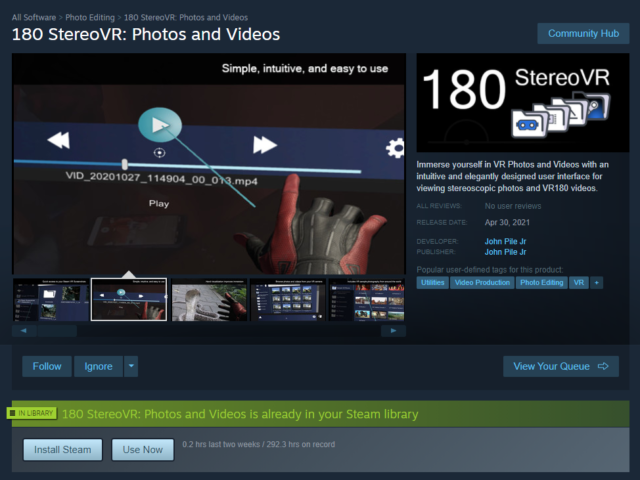Search (1999)
Platform: Win32
Language: Turbo Pascal
Graphics: BGI
Inspired by Ultima IV era games, this is Search a 2d RPG game I wrote in college. It comes complete with villagers to chat with, shop keepers to sell equipment, monsters to battle, towns, castles, and pirate ships!
It is a turn based RPG that even includes hard coded PC speaker sound effects and music. The only thing it’s missing is a plot!
I wrote Search in the late 90s, just to see if I could.
I had quite a few ideas of things that I wanted to do with a game if I ever got around to writing one. This was an experiment to see which of those ideas were really feasible. I also wanted to make the code efficient enough so that the game would run on an old computer like the one I was using. As a college student, I just couldn’t afford to replace my 386sx-16Mhz.
This game is the result. It was written in Borland Pascal and took about 4 weeks of my free time between college classes. It was a very educational experience, but more than that it was an absolutely wonderful way to spend my free time.
I had so much fun writing it, and I would encourage anyone who is thinking about writing a computer game to just go for it.
About the Development of Search:
I wrote Search using the procedural language of Pascal while making use of the Borland Graphics Interface (BGI) available withing Turbo Pascal. The icons (or sprites) were created in my own icon drawing/editing program which consisted of a full screen display of the icon with a 2×2 tiled mini “real size” version in the corner. Using the arrow keys to move between the enlarged pixels, I created each icon literally “one pixel at a time”. The resultant file type was my own binary bitmap like creation, although it did not follow any standards.
The game maps for the countryside and villages were edited as a text files where each character represented a space on the map. Different letters stand for different “game pieces”.
The NPCs are also controlled/edited by a text file which defined attributes like: name, image file for icon, starting location, range of movement. Additionally, each NPC had a series of questions that the player could ask the them along with the NPC’s answers.

